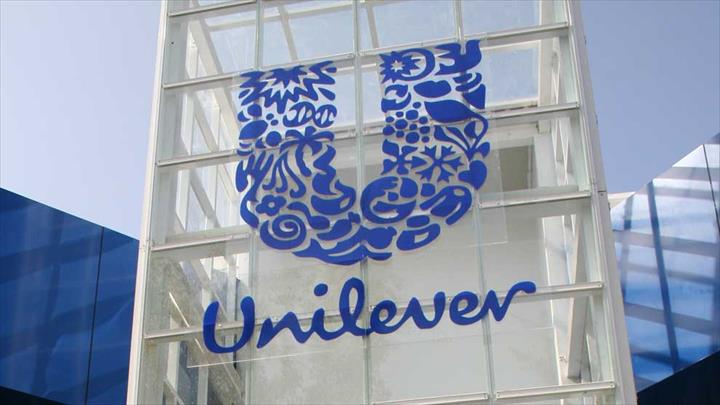As ad spend begins to rebound in the wake of the COVID-19 pandemic, independent publishers are turning their attention from short-term revenue challenges back to long-term questions of sustainability. At the fore of those conversations is the continued decline of cookie utility within the modern publishing landscape—a topic that Google catapulted to new levels of urgency back in January, when it announced its gradual phase-out of third-party cookie support over the next two years.
While this announcement caused initial alarm in many publishing circles, the past six months of deliberation has demonstrated that there is a clear—and even preferable—path forward for relationship-driven independent publishers. Going forward, third-party cookies might be out, but authenticated audiences will be very much in. This shift represents an opportunity for publishers on the open web to demonstrate that they can effectively compete against walled-garden environments via their core strengths.
Restoring publishers’ fundamental value propositions
Scale is no longer the raw currency of media. For years, the ability to command large audiences was how publishers attracted brand dollars. When advertisers began to question sheer scale as an indicator of value, viewability and engagement metrics became more commonplace. However, even beneath these layers of insights, audiences remained largely anonymous and disconnected from reality for advertisers. The independent publishing landscape leaned heavily on cookie-based technology as a means of connecting audiences across properties, despite known deficiencies of the technology itself. Ultimately, the continued demand for scale in lieu of demonstrated audience value put smaller publishers at a significant disadvantage, particularly when the growing walled gardens of Facebook, Google and Amazon were able to combine scale with known users.
In the race to find audiences at scale, the strengths of independent publishers were obscured. But in a cookieless environment, as authenticated audiences take centre stage, the inherent benefits of open web publishers will again shine. Chief among these benefits is the quality content that is produced—rather than co-opted—by independent publishers, not to mention their highly competitive ad inventory. Furthermore, today’s open web publishers have established deep, meaningful relationships with their core readers—relationships that are wholly unique from the ones people have forged, often reluctantly, with walled gardens.
Independent publishers cannot compete on scale alone when it comes to competitors like Google, Facebook and Amazon. But when you combine the power of a highly loyal audience with authenticated traffic, publishers have an opportunity to secure an advantage that has not existed before.
The power of authentication
While there has been plenty of discussion about brands moving away from the cookie, we are yet to see them move with urgency to adopt alternatives. But that shift is inevitable and it will be swift. Its consequences will be immense.
This move toward an open, scaled identity solution for the open web has the power to redefine the publishing and advertising landscape. At its core, authenticated traffic refers to a system through which publishers can safely and transparently convert their loyal readership bases of known individuals into addressable audiences for advertisers, all in a privacy-compliant way that respects the nature of the publisher-reader relationship. The work currently being done by LiveRamp and others is bringing true audience authentication to life, and the resulting addressability is going to help level the playing field for independent publishers into the future.
In recent years, independent publishers have suffered within an overly complex system characterised by programmatic pipes that prioritise reach over a true value exchange—but no more. Ultimately, the death of the cookie isn’t going to sink independent publishers. It’s going to restore their value proposition, wherein the strength of their reader relationships and the quality of their content can be translated into demonstrable value for advertisers.
Source: Advertisingweek







Comment
No comments found.